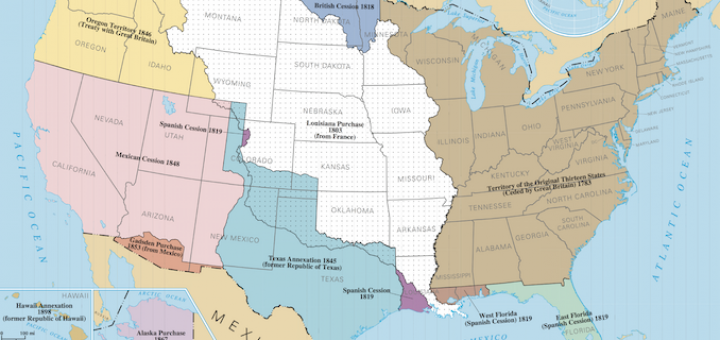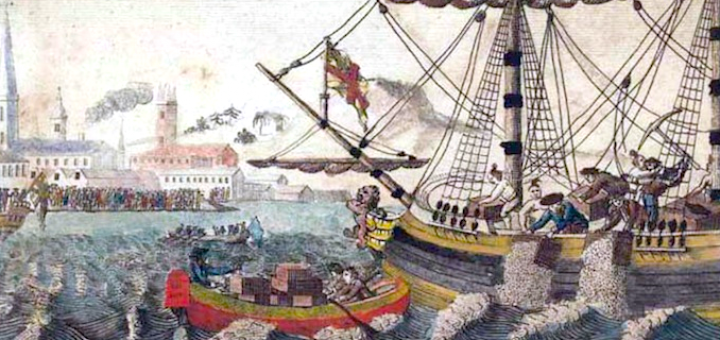Category: Teaching strategies
Lesson plan improvement notes written a year ago may not be as useful as you now wish they were. That’s what Lauren Brown discovered when she tried to decipher scribbled comments on materials from last fall. Learn some of her ideas to lessen the need for total recall.
Recently Sarah Cooper’s history classes debated whether the electoral college should be abolished. Reflecting on the weeklong unit, Cooper concludes she “misstepped” in several ways. Learn what she plans to do differently next year, starting with a fresh debate topic.
What do middle school students gain and lose in a thematic history curriculum? Sarah Cooper relays her experiences with both theme and chronology approaches, finding strengths in each, as national standards shift from facts and dates to skills and big questions.
Should middle grades history classrooms emphasize project learning or teacher lecture? Written or activity-based assessment? Student inquiry or teacher designed units? Teacher Jody Passanisi considers the pros and cons and wonders about the right blend.
Social studies teacher Aaron Brock prefers to limit lectures to five minutes in his eighth grade inner city classroom and then shift to cooperative learning activities – giving as much attention to research skills as specific history content.
New ideas can improve the curriculum and teaching strategies of history educators, but that doesn’t have to mean throwing out the old to experiment with the new. What to keep and what to add? Our history bloggers share some helpful criteria.
While inner-city history teacher Aaron Brock agrees that lecture has been chronically abused in the middle grades, he uses short flexible lectures and image-heavy slides to help prepare students for deeper learning in his diverse classroom.





















